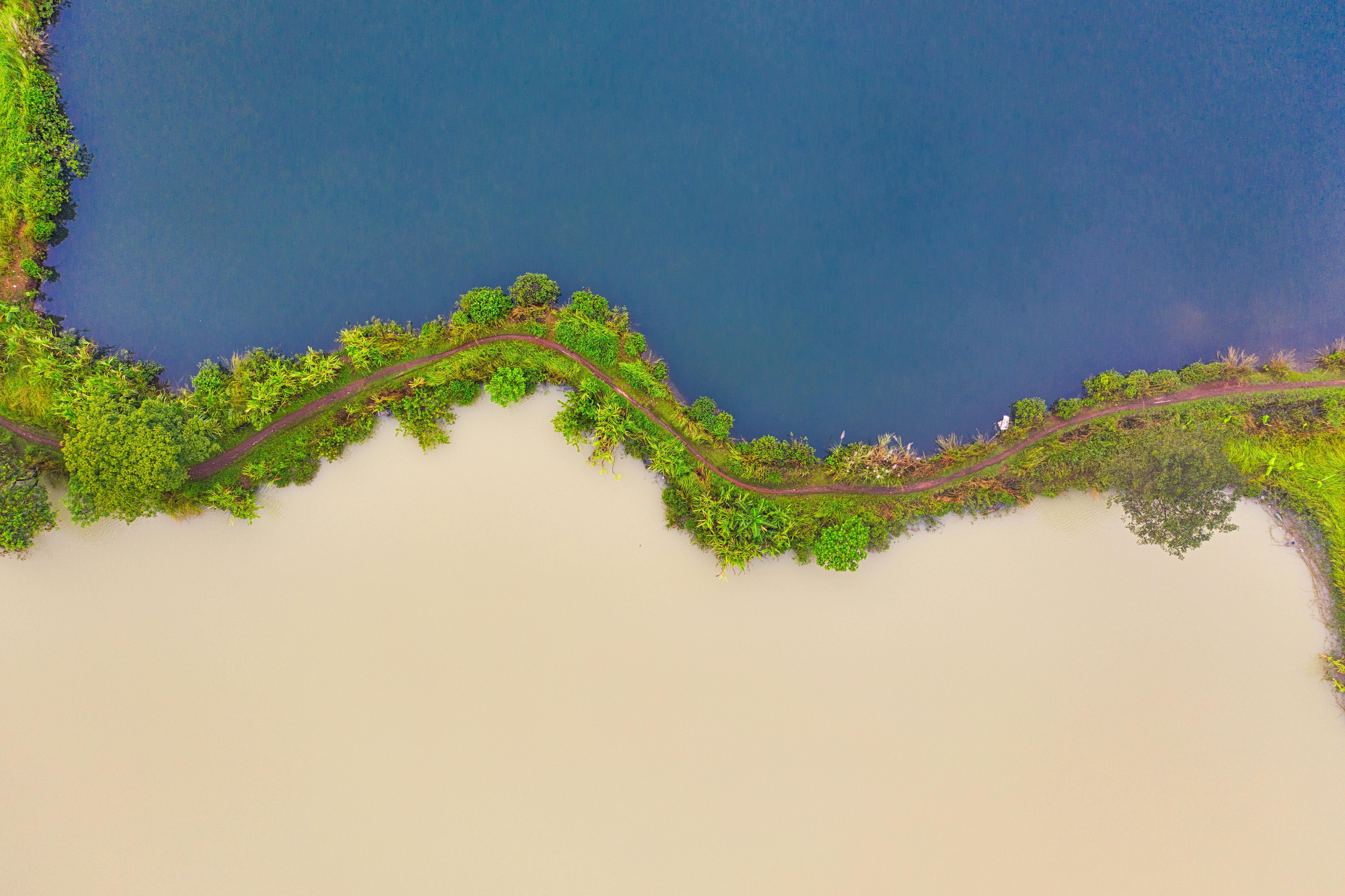RevOps and sales leaders, let’s talk about something that can either supercharge your sales team or sink them—territory design. You’ve got a list of high-potential accounts, a killer sales team, and you’re ready to dominate your market. But here’s the catch: How do you make sure the right accounts are in the hands of the right reps? Territory design is where strategy meets execution, and if you nail this, you’ll unlock next-level efficiency and revenue growth.
Let’s break down how to divvy up those high-potential accounts like a pro.
What is territory design, really?
Territory design isn’t just about carving up a map and giving each rep a set of zip codes to work as their patch. No, it’s way more surgical than that. Territory design is about optimizing your market coverage so that reps are working the right accounts at the right time, without stepping on each other’s toes. It’s about making sure every corner of your market is accounted for, and every rep has the right balance of opportunity to crush their quota.
Start with high-potential accounts
These are the accounts that best fit your Ideal Customer Profile (ICP), have the budget, and are ripe for closing. But not all high-potential accounts are equal, right? Some are big whales, others are fast-growing mid-market players. Your goal is to make sure you’ve got the right reps hunting those opportunities based on their strengths and expertise.
This is where Gradient Works comes in. You’ve got all these high-potential accounts sitting in your CRM, but Gradient Works helps you identify which ones need attention right now and which ones can wait. With dynamic books, reps are getting accounts assigned to them in real-time based on availability, capacity, and skillset. No one’s wasting time on low-priority leads, and high-potential accounts aren’t sitting around unworked.
Prioritize based on segmentation
You’ve probably already segmented your accounts based on a bunch of factors—think industry, company size, region, and of course, your account scoring methodology. Now, your job is to align your best reps with the best segments. Got an enterprise segment? Make sure your enterprise killers are on that. Healthcare-focused reps? Make sure they’re handling the specialized healthcare accounts that require a deeper understanding of that space.
Territory design isn’t a free-for-all—it’s about matching reps with the accounts they’re most likely to close. And Gradient Works makes this easier with our account selection capabilities, helping you dynamically assign high-priority segments to the right reps based on performance and current capacity. That way, you’re always maximizing your team’s efficiency.
Flexibility is the name of the game
Here’s the thing: territory design isn’t static. Markets shift, new accounts come in, and your team’s capacity changes all the time. That’s why you need a dynamic territory model. You can’t just set territories at the start of the year and hope for the best. High-potential accounts need to be reassigned when reps are at capacity or when priorities shift.
With Gradient Works, you’ve got the flexibility to adjust territories and account assignments on the fly. Using real-time data, Gradient Works allows you to reallocate accounts dynamically, ensuring your top reps are always working the highest-value accounts. You’re keeping the pipeline flowing, and no account is falling through the cracks.
Accountability matters
Now let’s talk about accountability. Territory design isn’t just about who gets what—it’s about making sure everyone is accountable for working the right accounts the right way. You want to track not only who owns which accounts, but also how they’re working them. Gradient Works helps with that too, ensuring reps aren’t just hoarding high-potential accounts but actively working them toward conversion.
By dynamically assigning accounts and tracking performance, you’re holding your team accountable for the territories they own. You know exactly who’s working what, how many accounts they’re handling, and whether they’re maximizing their opportunities.
A strategic territory design is everything
Territory design isn’t just about drawing lines on a map—it’s about strategically distributing high-potential accounts so that every rep has a clear, manageable set of targets. It’s about making sure your best reps are on your highest-value accounts and dynamically adjusting as needed to keep everyone working efficiently.
Gradient Works gives you the tools you need to make this process seamless. From identifying high-potential accounts to dynamically assigning territories based on real-time data, you’re always a step ahead. With a well-designed territory strategy, you’re setting your team up for success and driving maximum revenue from every corner of the market. If you’re still curious about your territory design and planning, we have our territory planning assessment that will help you gauge your team’s adaptability, identify improvement areas, and refine your territory strategy.
So, RevOps and sales leaders, it’s time to design your territories like a pro, make sure no high-potential account is left untouched, and lead your team to victory.





